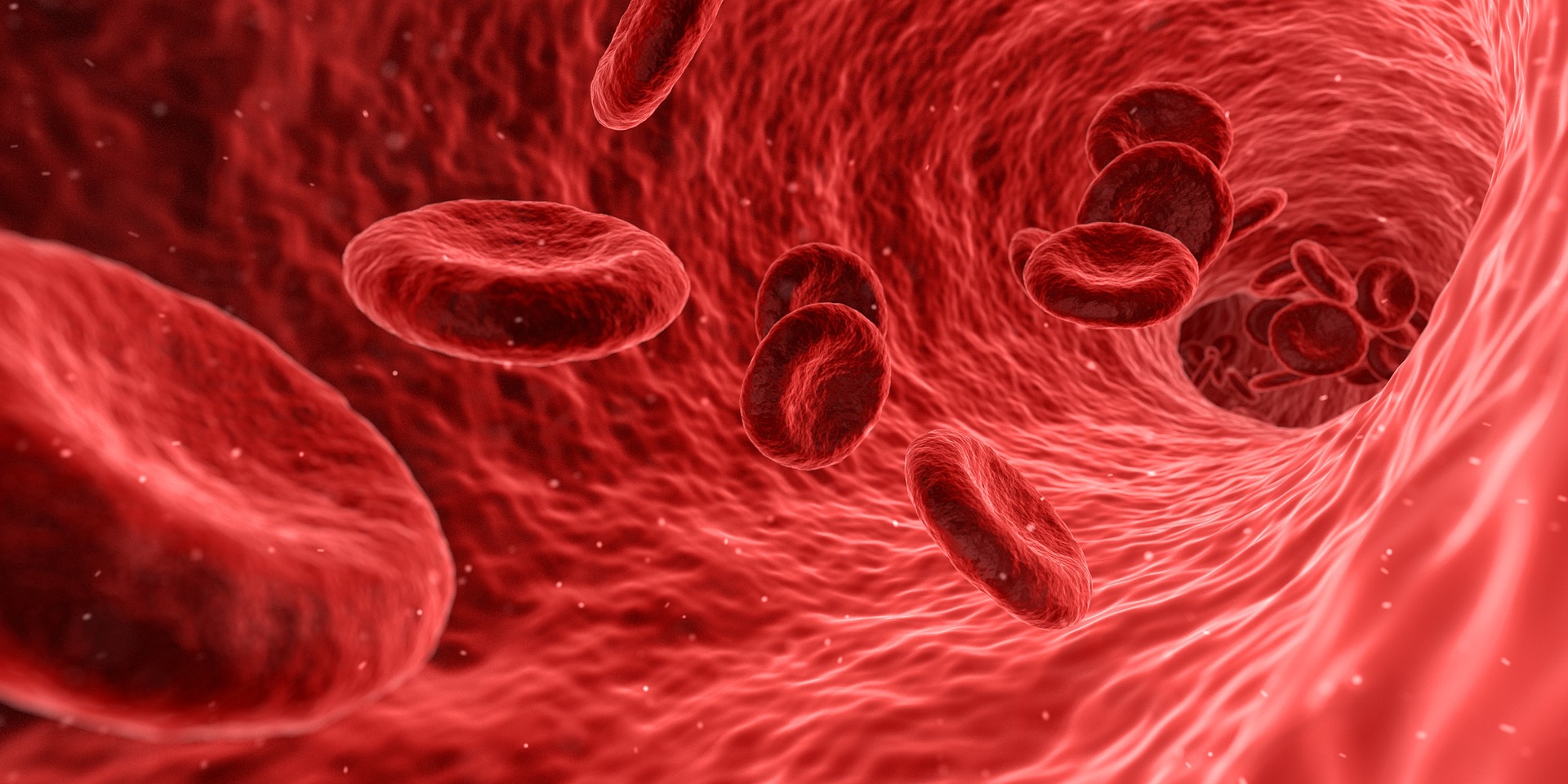While many are aware that stem cells are a subject of debate, not many know what stem cells are or what they’re being used for. Stem cells are raw materials that come from within the body, and are essentially base cells from which cells with specialized functions are created.

Under ideal conditions, stem cells divide to form daughter cells, which can then become new stem cells or cells with specialized functions, such as bone cells or muscle cells. Stem cells are the only cells in the body with the ability to generate new types of cells. With that in mind, here’s a general outline of how stem cells are being used in modern research.
Where do they come from?
Over recent years, researchers have discovered multiple sources of stem cells. Embryonic stem cells, which come from embryos that are three to five days old, can become any type of cell within the body. Embryonic stem cells are considered the most versatile stem cells, as they can be used to regenerate or repair diseased tissues.
Stem cells are also found in small numbers in the adult body, specifically in bone marrow and fat. Adult stem cells are less versatile than embryonic stem cells and have a more limited ability to generate tissue-specific cells. While researchers believed that adult stem cells could only create similar types of cells, recent research has revealed that adult stem cells have the ability to create different types of cells.
Through the use of genetic reprogramming, scientists can transform regular adult cells into embryonic stem cells. The genes in adult cells are altered, and they are reprogrammed to act in a similar way to embryonic stem cells. This breakthrough may allow researchers to reprogram cells instead of using embryonic cells, which could prevent potential immune system rejection of new stem cells. However, scientists are still determining whether using altered cells could cause adverse effects in humans.
How are they being used?
Researches and doctors hope to use stem cells to understand how diseases occur and how to effectively treat them. When stem cells become cells with specialized functions, researchers can observe how different diseases develop within the body.
In addition, stem cells can be guided into generating specific types of cells, which can be used to regenerate and repair diseased tissues in humans. Individuals with life-threatening diseases like spinal cord injuries, type 1 diabetes, Alzheimer’s, cancer, and other degenerative diseases, can potentially benefit from stem cell therapy.
Researchers can also use certain types of stem cells to test new drugs for safety and quality before using them to treat humans. Stem cell testing can significantly influence drug development, especially in areas like cardiac toxicity.
Recently, researchers have shifted their focus toward testing the effectiveness of tissue-specific stem cells to test new drugs. For example, heart muscle cells can be generated to test a new drug for the treatment of a specific heart disease, and tests could determine whether the new drug had any effect on the tissue-specific cells.
Stem cells and controversy
The majority of debate surrounding stem cells is focused on embryonic stem cells, which are obtained from early-stage embryos. The embryos that are used in stem cell research come from eggs fertilized using in-vitro fertilization, or IVF, but never implanted into a uterus.
In order to ensure the safe and ethical use of embryonic stem cells, The National Institute of Health created guidelines for stem cell research in 2009. The guidelines outline how embryonic stem cells can be used in research and include information on how they can also be donated. Additionally, the guidelines state that embryonic stem cells acquired through IVF can be used in research only when the embryo is no longer needed.
Although research using adult stem cells is becoming increasingly promising, embryonic stem cells remain more versatile and durable than adult stem cells. Today, researchers are testing the effectiveness of adult stem cells in treating a wide range of degenerative diseases. All in all, stem cell research has shown that these cells are showing great promise in the field of medical treatments.

